Description
What is Flocculant?
Flocculant, or pool floc as it’s sometimes called, is a chemical that you add to your pool when other methods of clearing it up aren’t working.
The flocculants clump together floating particles in the water that are too small and light to sink to the bottom to be vacuumed up. Those particles usually include stuff like bacteria, viruses, algae spores, and other microscopic debris.
Even though it’s your pool filter’s job to filter this junk out, if the particles are microscopic, they can stay suspended in the water for a long time.
When you pour the floc in the pool, it attracts all this stuff and makes it clump together in big chunks so it’s heavy enough to sink to the bottom of the pool, where either it will be sucked toward the filter or you can vacuum it up with your pool cleaner… or just let a robotic pool cleaner take care of it if you’d rather do something else.
What’s the Difference Between Flocculants and Pool Clarifiers?
You may have heard more about pool clarifiers than flocculants because they’re a little more commonly used. Both products are coagulants, but the main difference is the time it takes for the products to work.
A clarifier is a milder chemical that will take several days to completely clear up a cloudy pool, while a flocculant works almost immediately.
So, why wouldn’t you always use a flocculant, you ask? Mainly because it requires a lot more work.
When to Use a Clarifier Instead of Flocculants
If you’re planning a pool party in a few hours, or if your pool is super cloudy and dirty, then flocculants are definitely the way to go.
You can pour them in and get to cleaning. But if you’re not in any hurry, a clarifier is a better option because you simply pour it in and let it work.
Other reasons to use clarifiers instead?
For one, flocculants shouldn’t be used with cartridge filters, while clarifiers are safe for all of them.
Also, clarifiers require a lot less elbow grease and waste less water because you don’t need to vacuum afterwards.
But don’t let that discourage you from ever using flocculants!
We use it occasionally when we have the time to clean up and when we want the pool clean fast. The choice you make will just depend on your specific situation.
How to Floc a Pool
When you do decide to use flocculants to clear up your pool, it’s a fairly simple process. Here’s what you need to do:
1. Raise the water level
You’re likely to lose some water during the process because of vacuuming, so it’s best to go ahead and fill it to its highest level.
That way you don’t risk the water dropping below the filters. You want your pump to do its job during the process.
2. Balance the pH level to about 7.0
Because flocculants can affect the pH level, you’ll want to start out with it at about 7.0 so you can make sure your sanitizer keeps working at maximum efficiency.
3. Dilute the flocculant
Read the directions on the bottle to find out how much water to add to the product to dilute it.
A five gallon bucket is a great container to mix it up in.
4. Add the flocculant to the pool
Pour the diluted flocculant around the edges of the pool.
5. Run the pool pump for a few hours
This allows the flocculant to be dispersed to every area of the pool.
6. Turn the pump off and let set overnight
This is when the flocculant does its job. The water needs to be as still as possible for about 8 hours so that it has time to collect the waste.
7. Set the filter valve to “waste”
8. Turn on the pump
After those 8 hours, you’ll see sediment at the bottom of your pool, probably in a giant ring-shaped formation. You’ll want to turn on the pump so that it can start to filter it out.
9. Vacuum the bottom of the pool
Your filter and vacuum will pull double duty in getting all that junk out. Be thorough in vacuuming up anything your pump leaves behind.
10. Replace the water
You likely lost a little water during the vacuuming process, so you’ll want to immediately return that to normal.
11. Backwash the pool filters
Backwash your filters well to get all the sediment and leftover chemicals that have been collected in them.


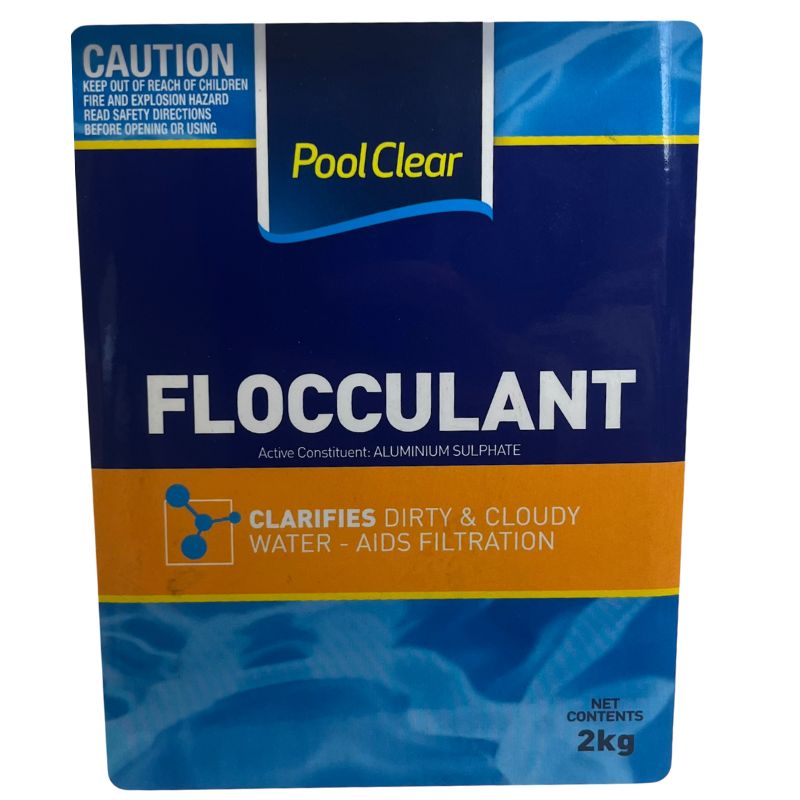
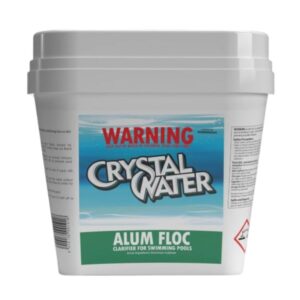
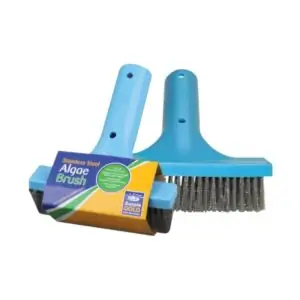
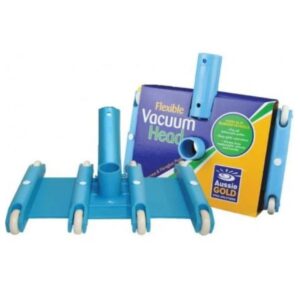
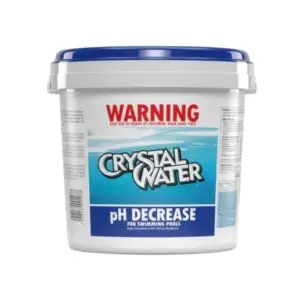
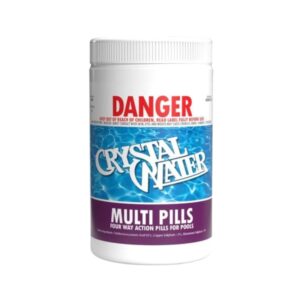
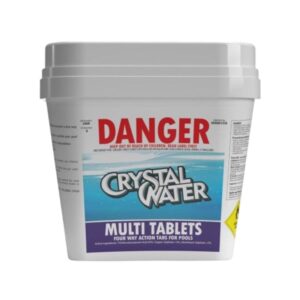
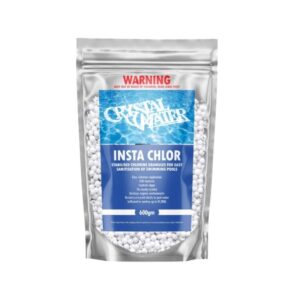
Reviews
There are no reviews yet.